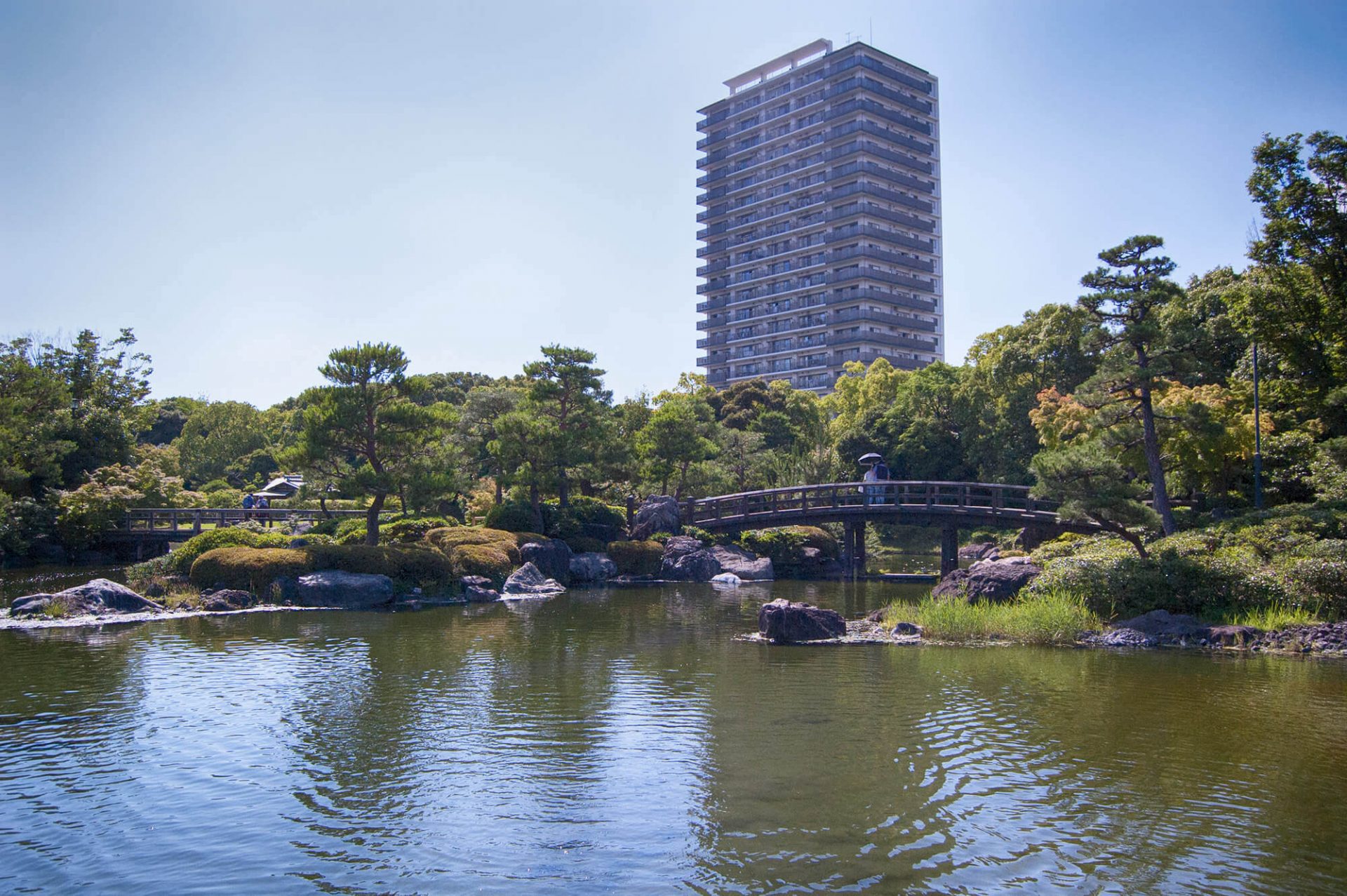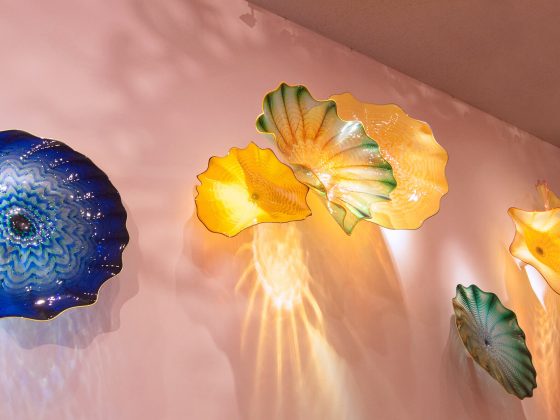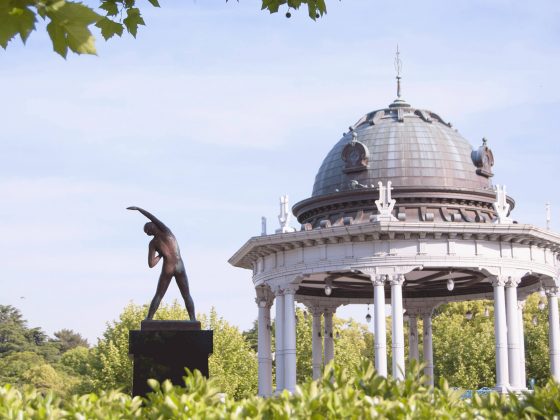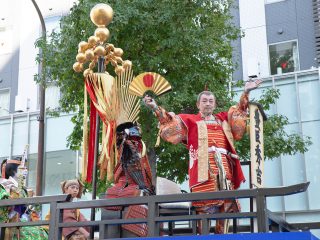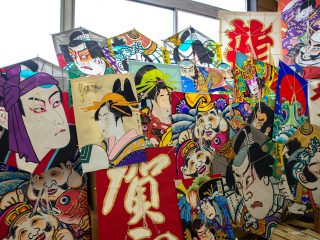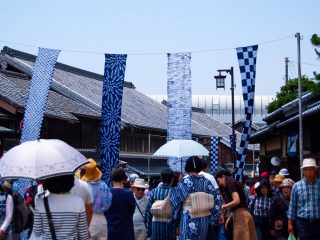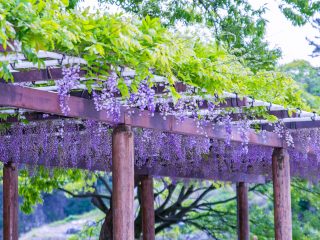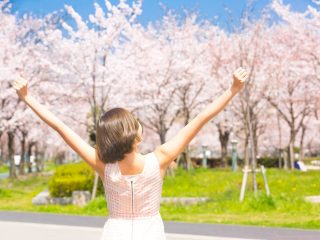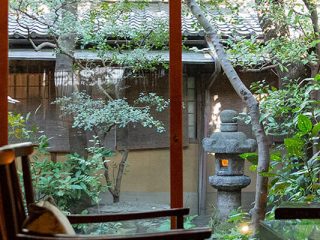Sometimes you need a little break from the city, a place with fresh air, a place for meditation and relaxation. Shirotori Garden is a traditional Japanese garden, an oasis of tranquility that offers you an escape from the city life.
And if you are visiting the garden you can take the opportunity to also visit the Atsuta Jingu Temple, which is close to the garden.
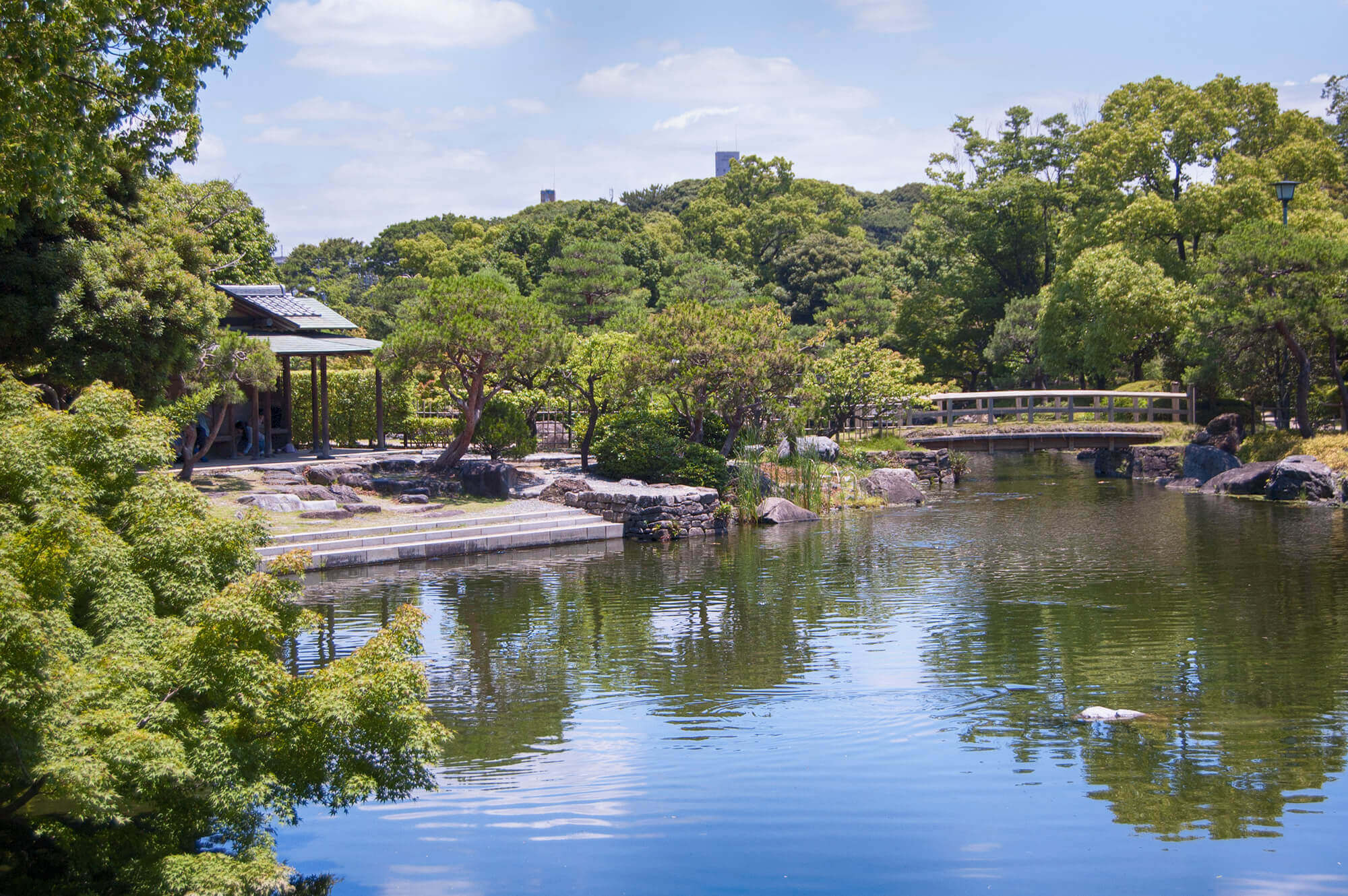
A brief history
The Shirotori Garden was an old park that originally was going to be renovated as a swan park, but it ended up being renovated as a park for the World Design Expo of 1989. The renovation took from 1983 to 1991.
It was created as a “Japanese garden” pavilion. After the Expo closed, the renovation work was continued, thus reconverting it to the garden as it is actually known. The garden was inaugurated and opened its doors to the public in 1991.
A unique design
Shirotori has almost 4 hectares, with a path that runs along the banks of streams and ponds.
As in many other Japanese garden designs, there are several elements representative of the nature and geography of the surroundings. Shirotori was created representing the relief of the Chubu region. Under the theme of “The history of water”, you can see 8 different landscapes.
The main pond of the garden represents the waters of the bay of Ise, while the great hill in the southwest corner of the garden represents Mount Ontake, and the current emanating from the hill, the mighty Kiso River.
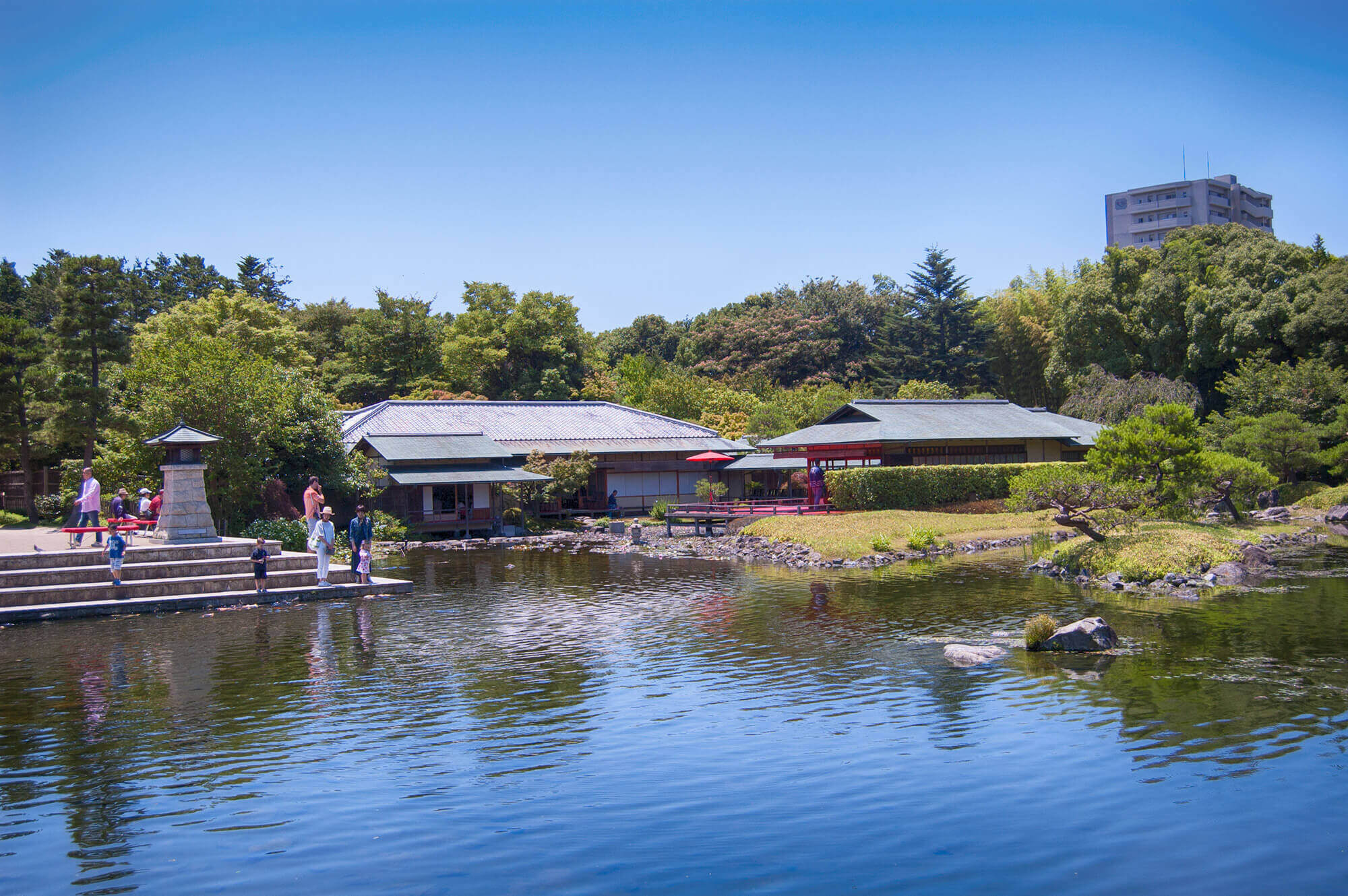
In the center of the garden is the Seiu-tei, a complex of rooms for the tea ceremony. Seiu-tei, was designed recreating the image of an elegant white swan that descends to rest its wings, hence the name, Shirotori. The tea rooms, available for public use, harmonize perfectly with the natural surroundings. Sit and sip a green tea and traditional Japanese sweets while enjoying the landscape of the garden.
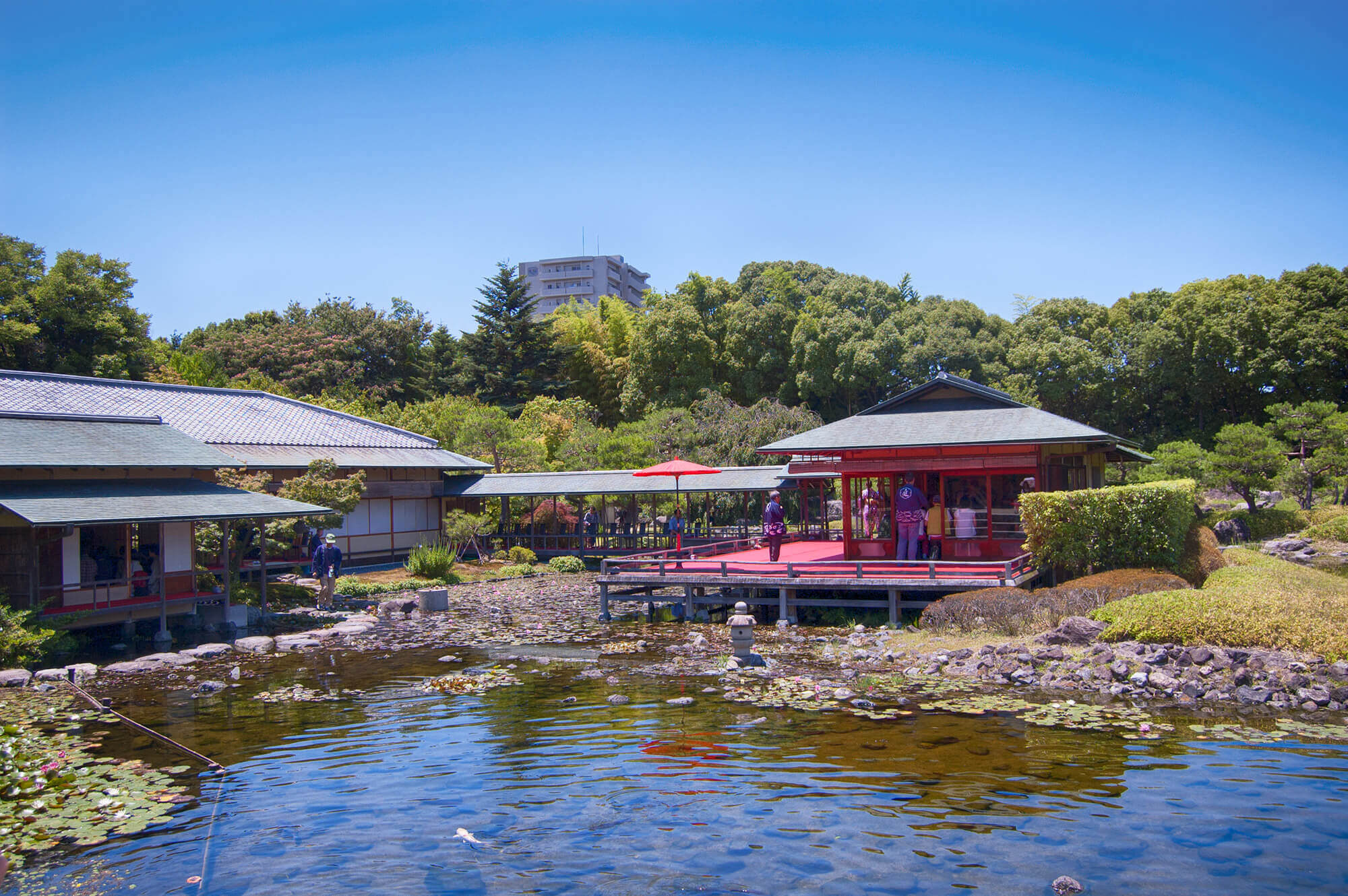
Shioiri-tei is a restaurant / coffee shop from which you can observe the small garden Shioiri-no-niwa. This garden was designed to enjoy the changing landscape with sunlight and changing flow of water.
The flow of water expresses three moods. The first is the change of scenery according to the ebb and flow. The second, is “source water” that represents the aerosols of the waves. The third is the state of mind of the tide that recedes between the rocks.
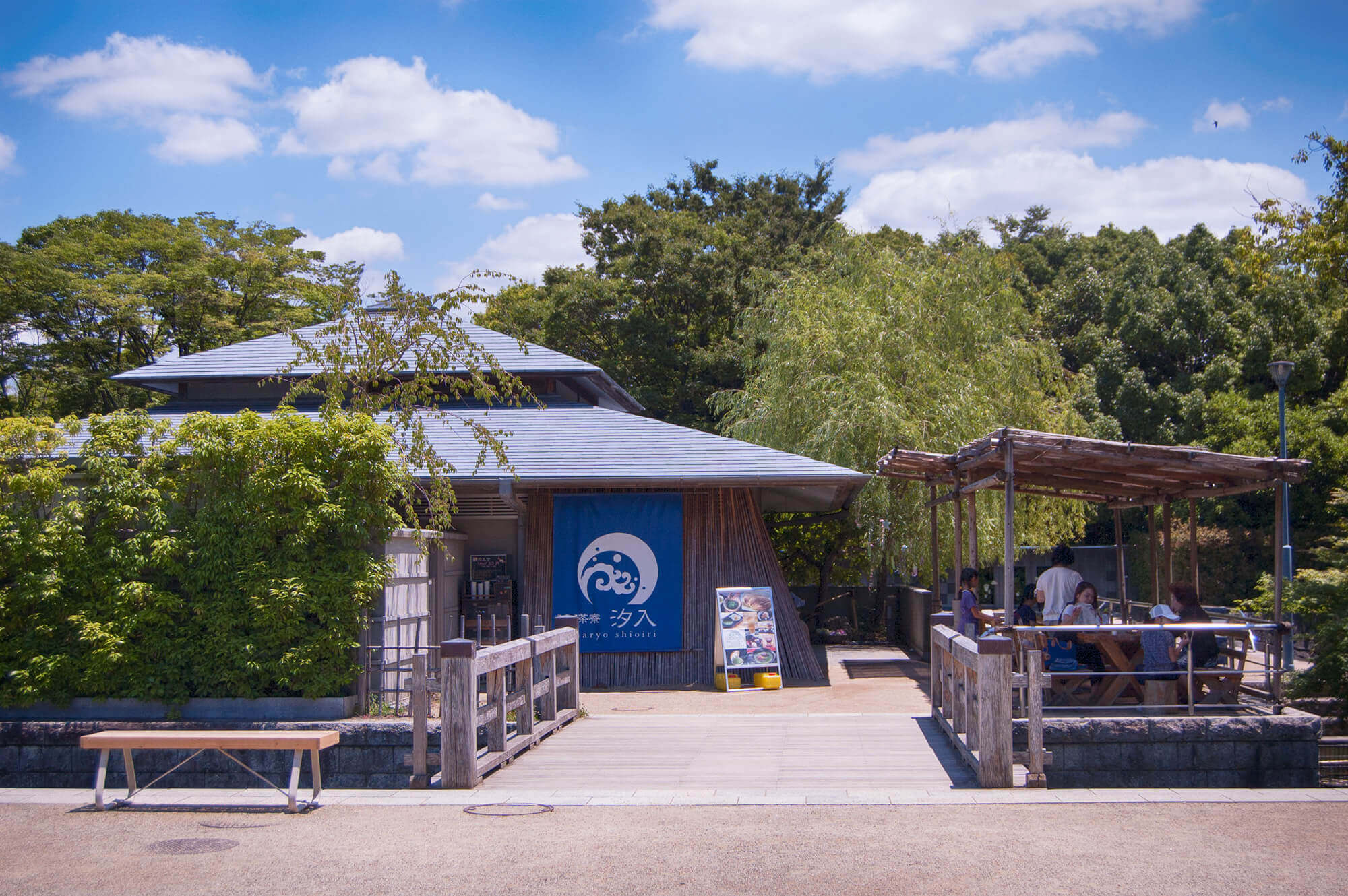
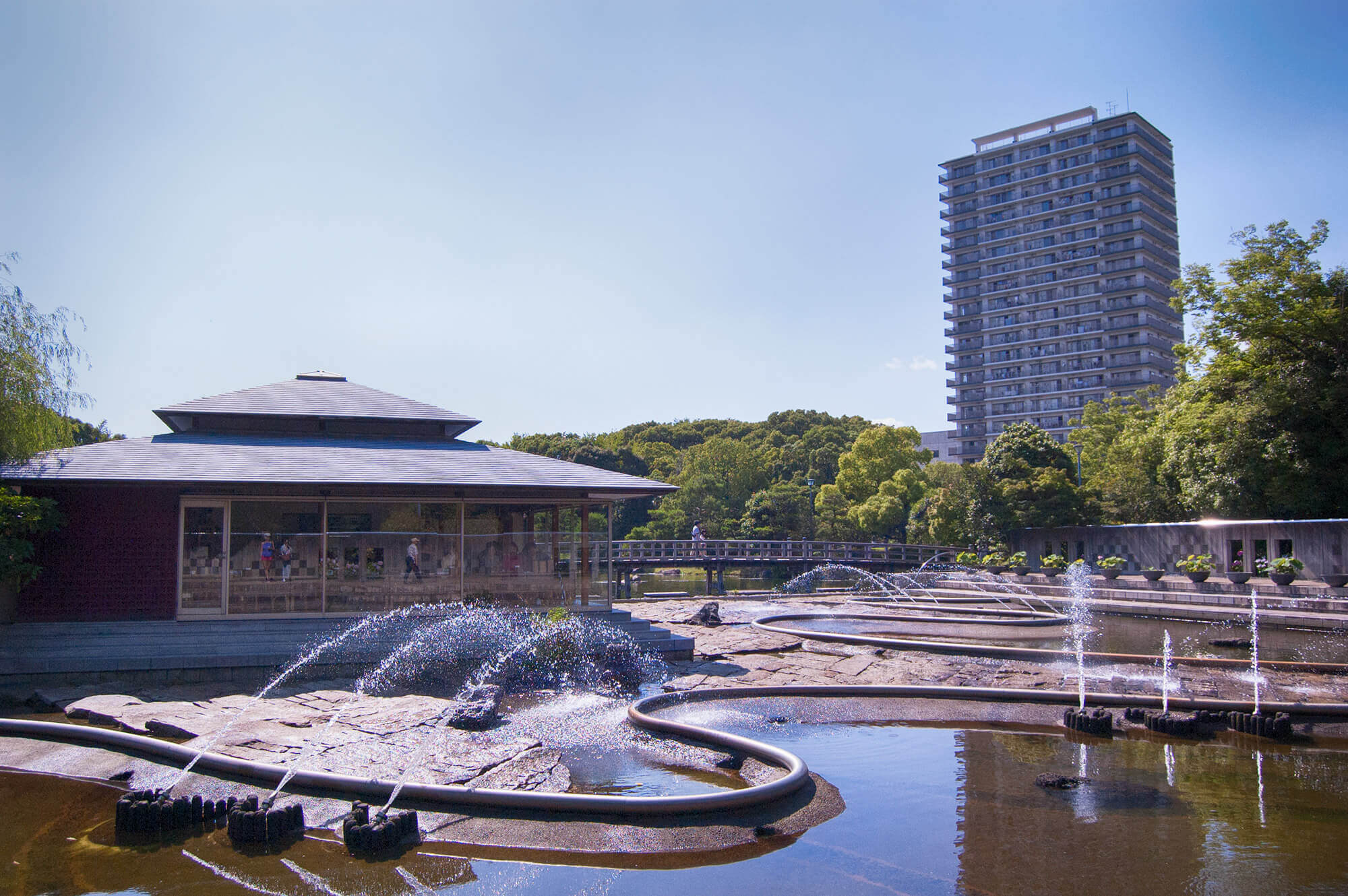
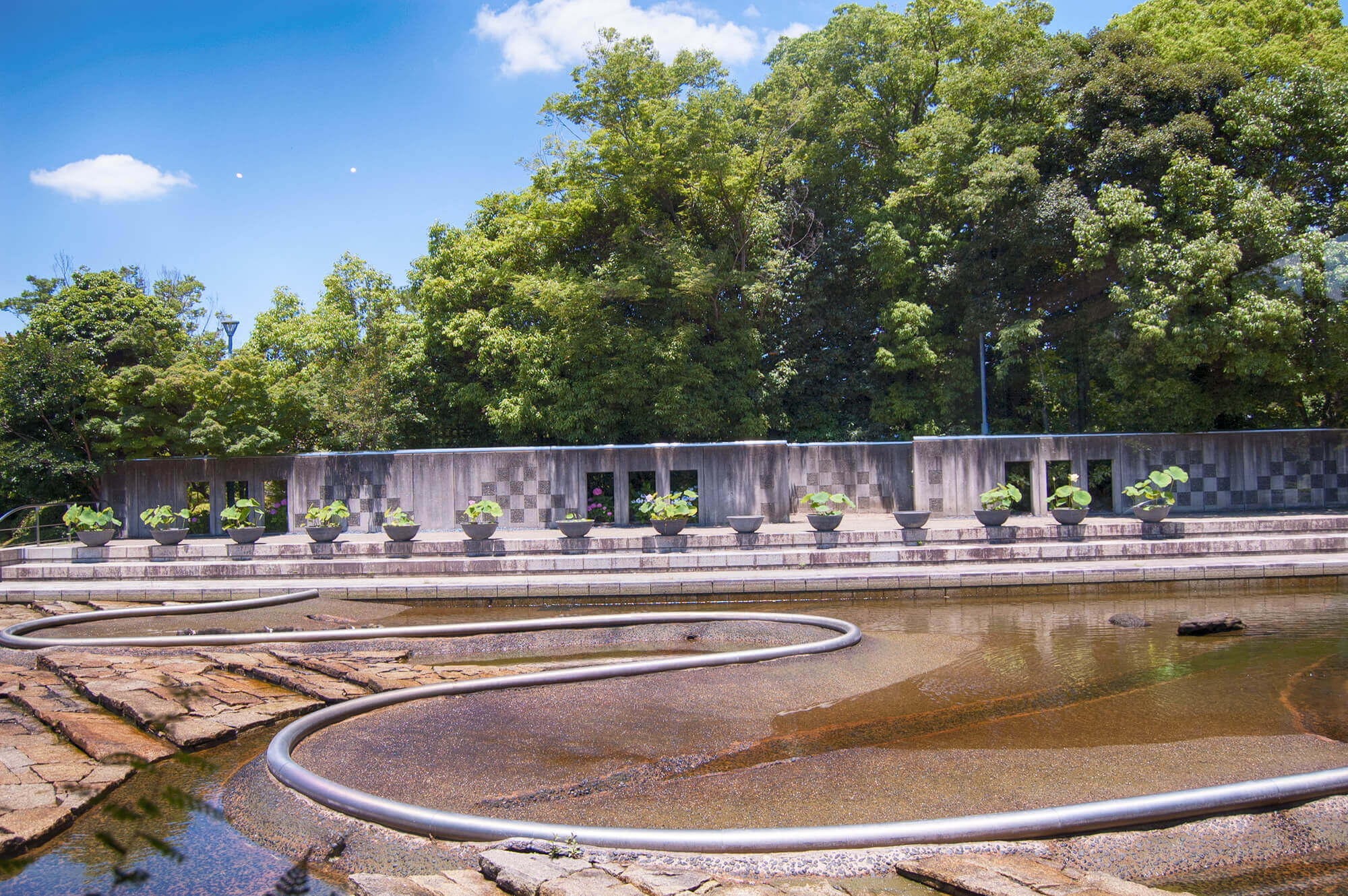
In addition to hills, bamboo forests and ponds, the scenary is completed with waterfalls and huge rocks. Evoking a mountain landscape where the clear stream flows energetically.
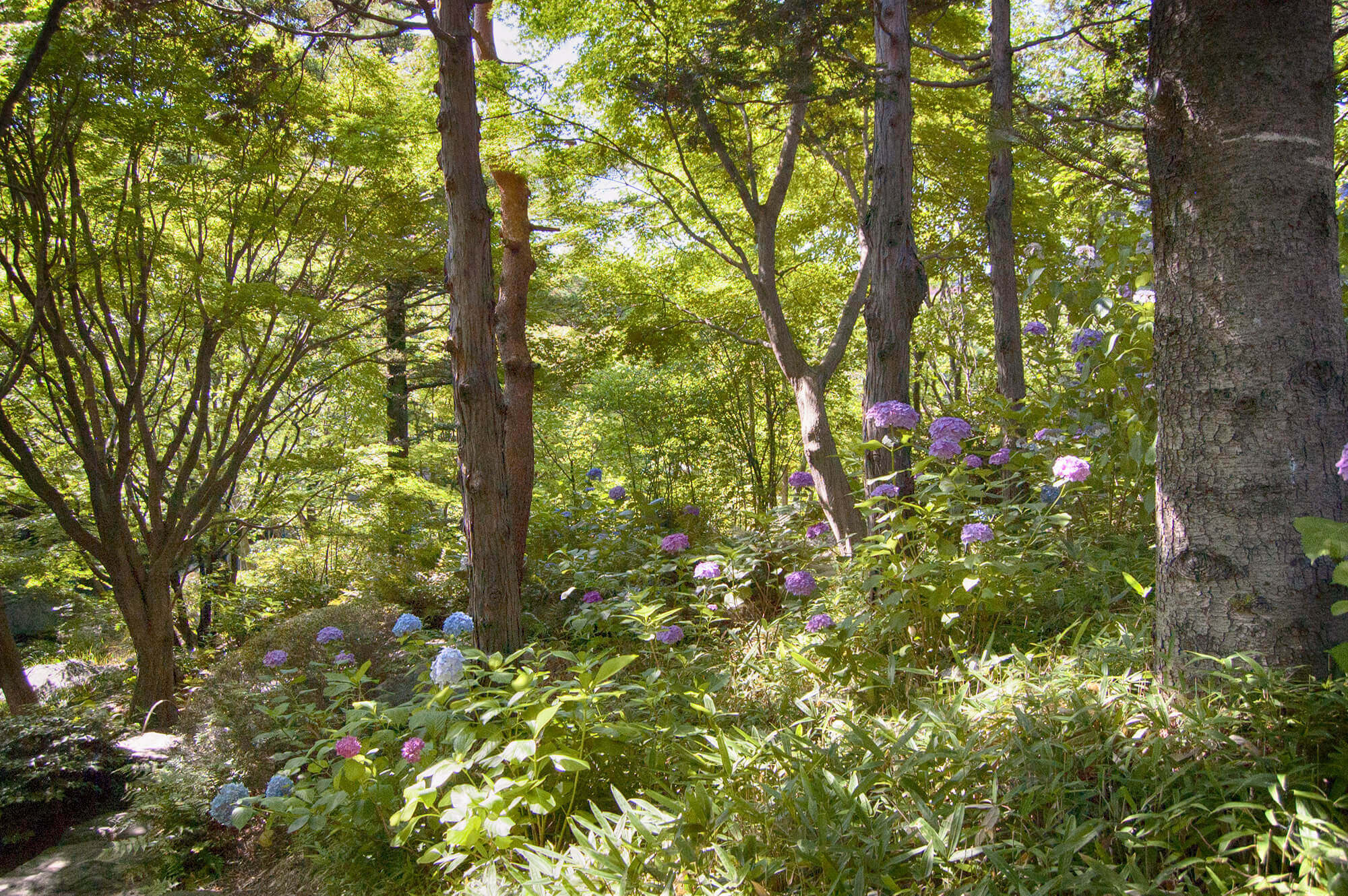
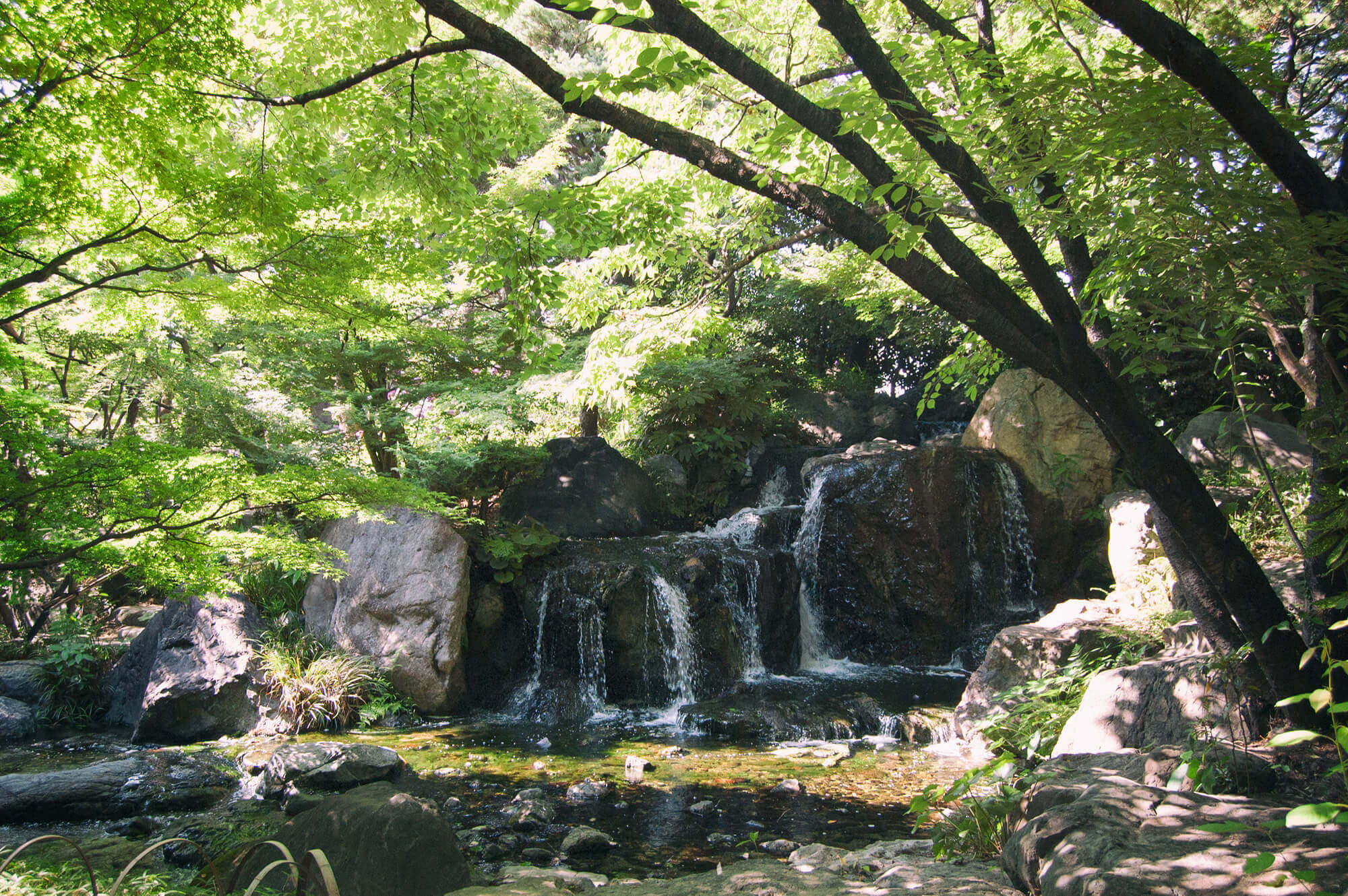
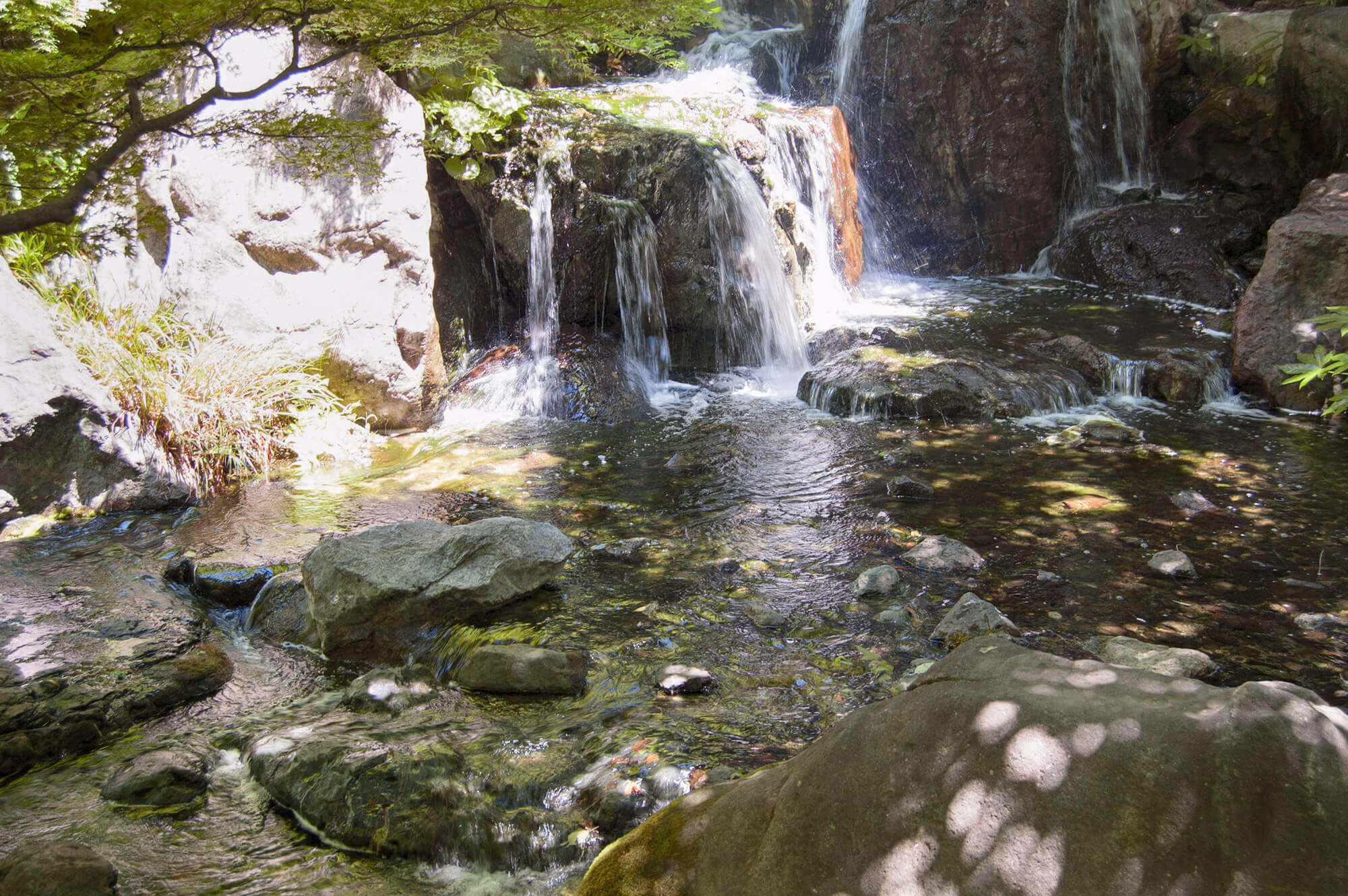
Shirotori in the 4 seasons
Shirotori Garden changes its landscape according to the season and special events are organized around it.
In winter (January-February) you can contemplate the snowy garden.
In spring (March-April), you can admire the cherry trees (sakura) in bloom.
At the beginning of summer (June), there is the festival of hydrangeas. Blues, lilacs, roses and white thousands of hydrangeas bloom creating a landscape of beautiful pastel colors. It is at this time when the tea ceremonies directed towards foreigners are celebrated, with explanation in English. They also offer a garden guide in English.
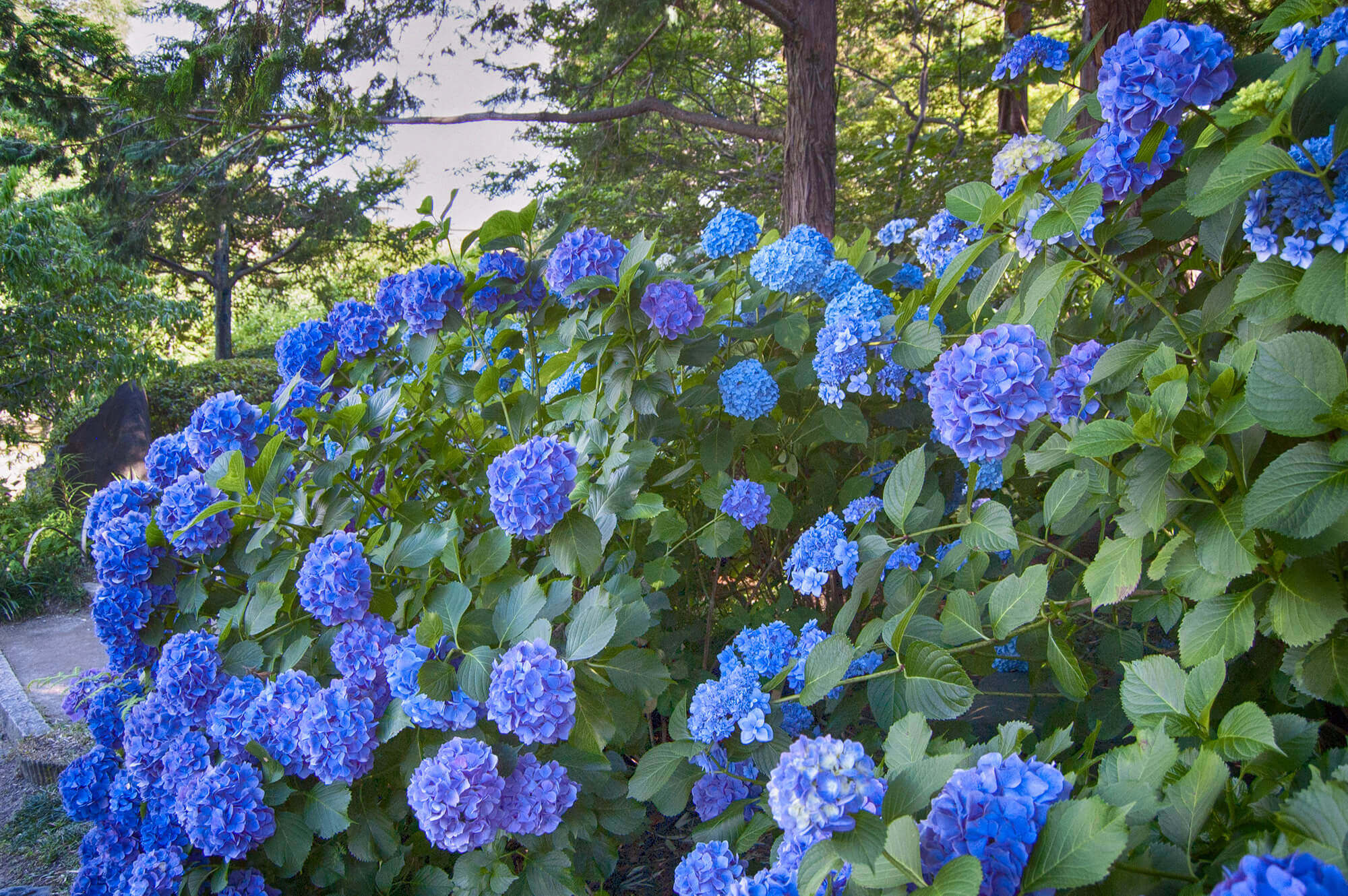
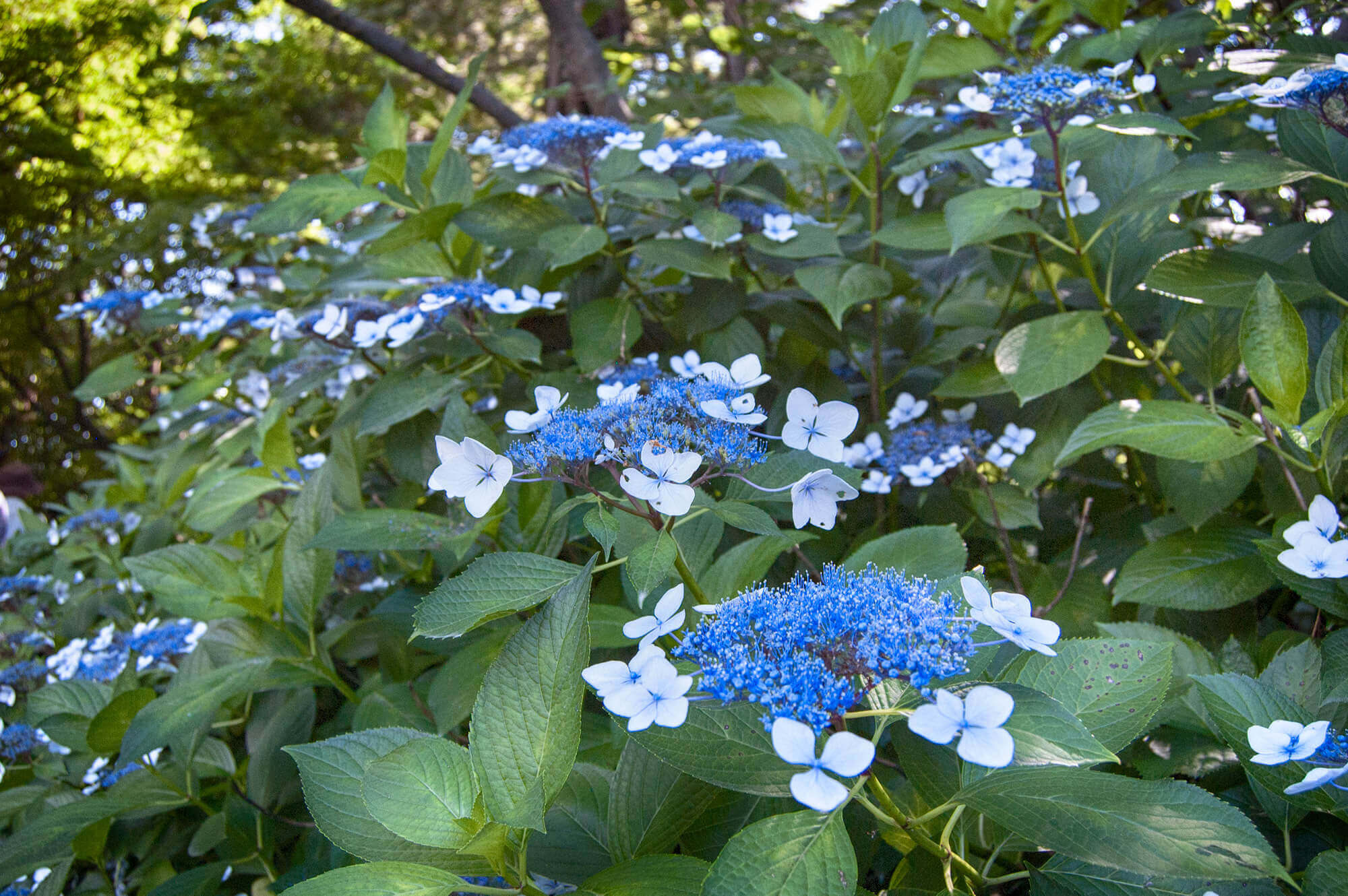
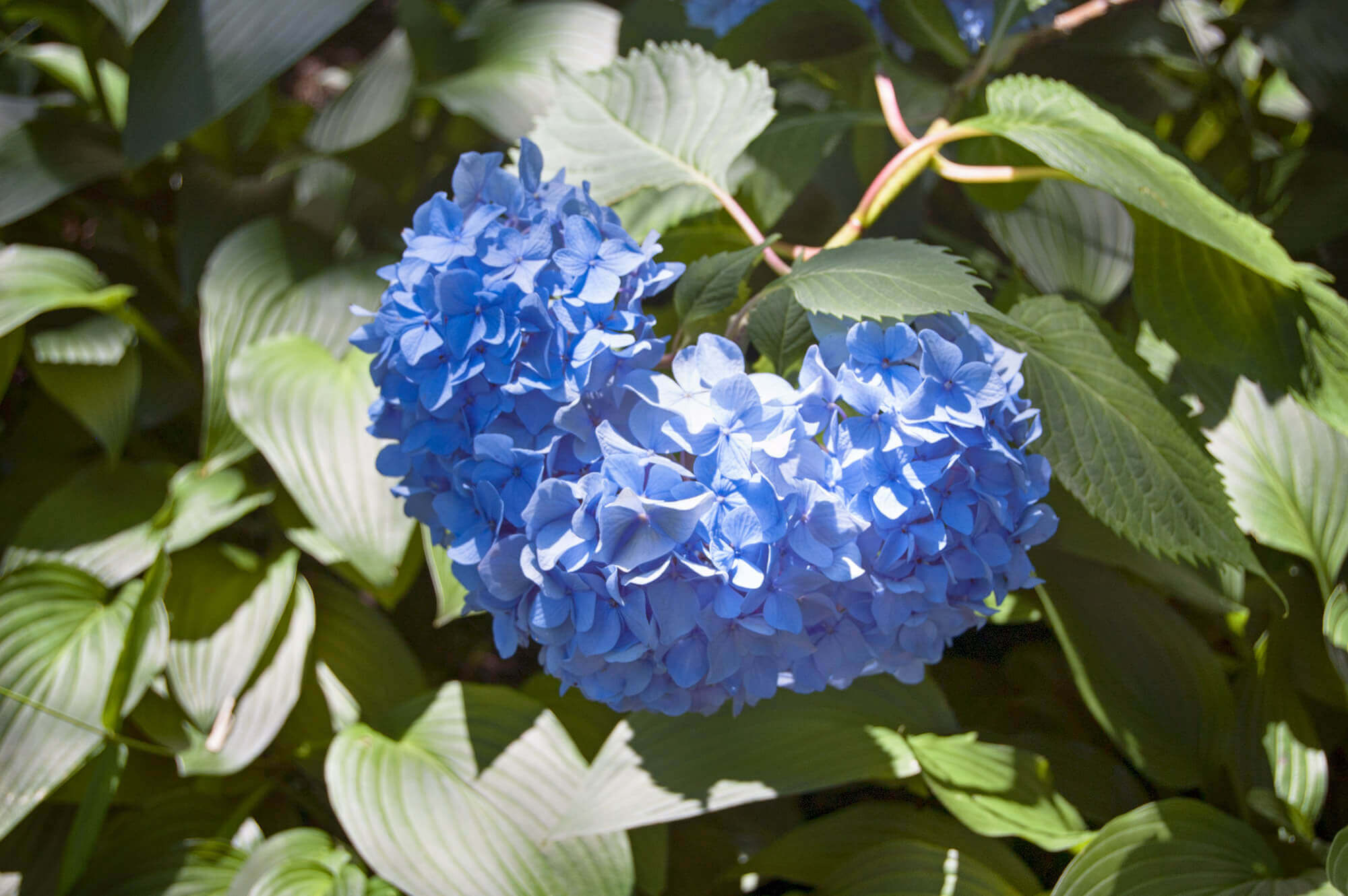
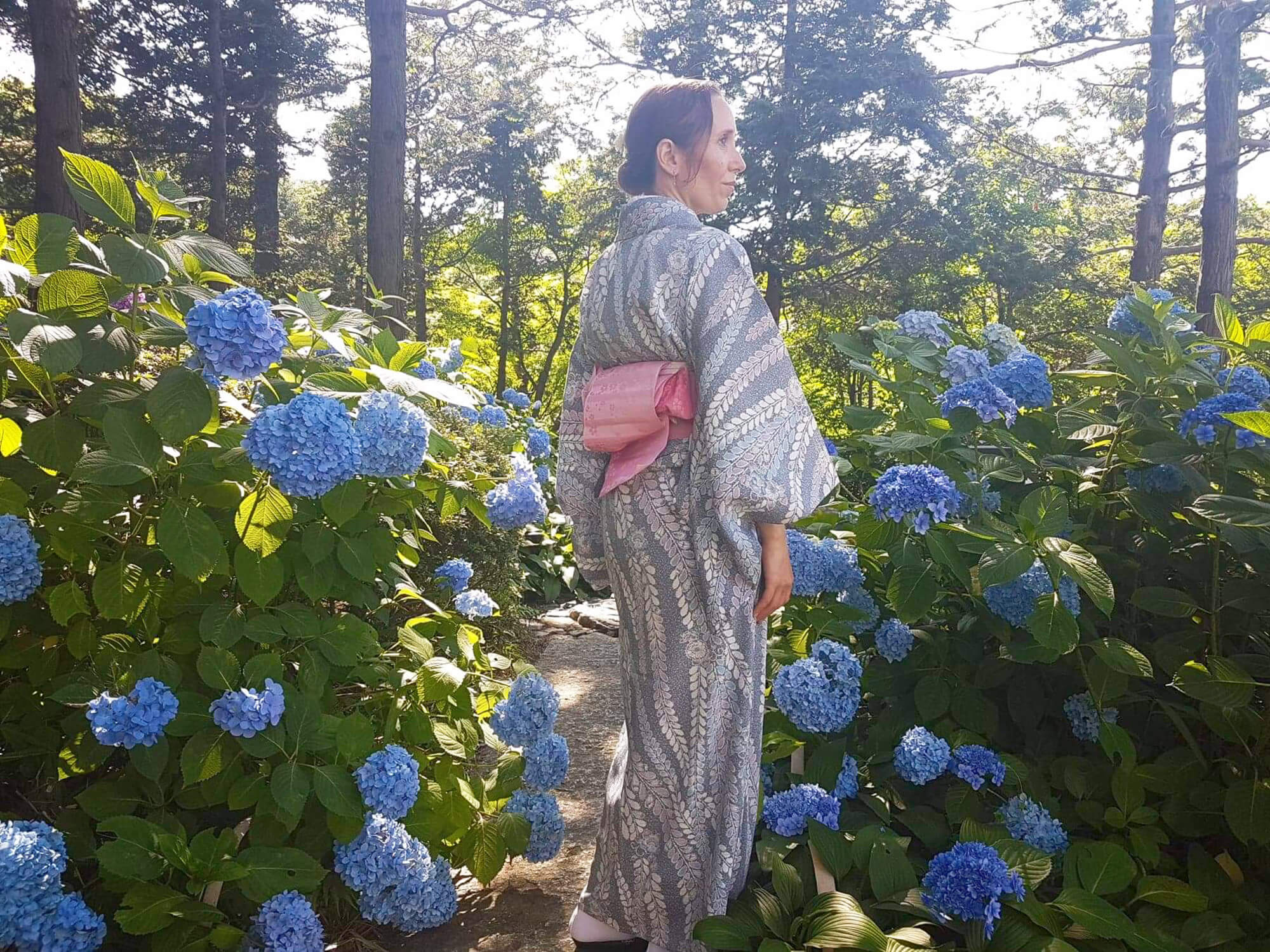
In full summer (July-August), water lilies bloom in the ponds.
In the autumn (September-October), the autumn entrance festivals are celebrated. In October the Concerts are celebrated under the moon.
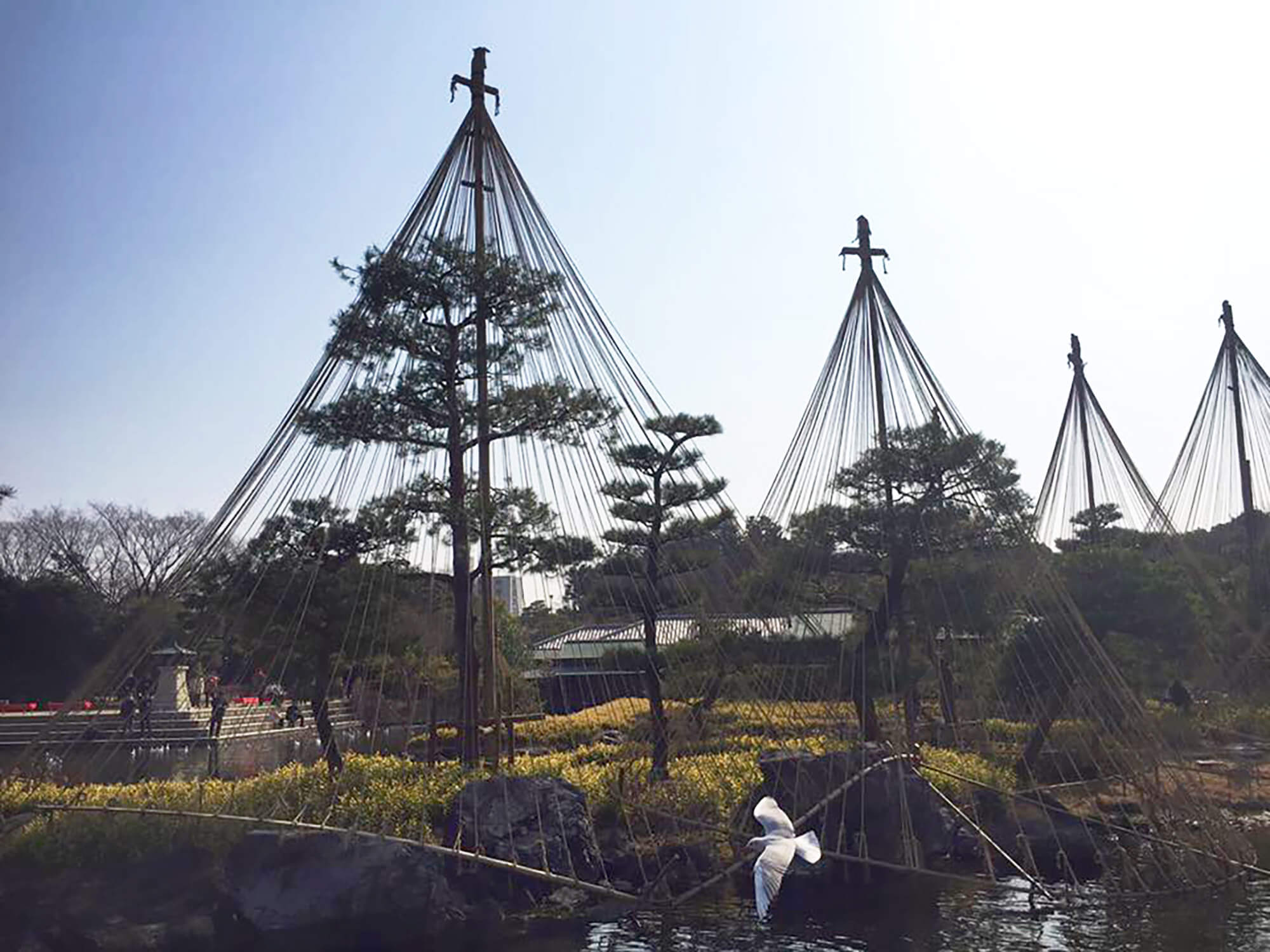
In November, the leaves of the trees change color, dyeing the landscape with orange, yellow and red tones.
And in December, the Festival of the art of light is celebrated, where you can visit the park at night and appreciate the illumination and the nocturnal landscape of the garden.
A garden with good accessibility
This garden has a series of flat paths that lead through pine trees and bridges that surround the ponds.
The trails are accessible by 80%. At the entrance they also offer a map describing the routes without stairs suitable for walking with a wheelchair or baby cart.
Most roads are on dry land and bridges are easy to cross, but some of the gravelier areas may require a little help for manual wheelchairs. The Shioiri-tei, the tea salon complex, is also well accessible.
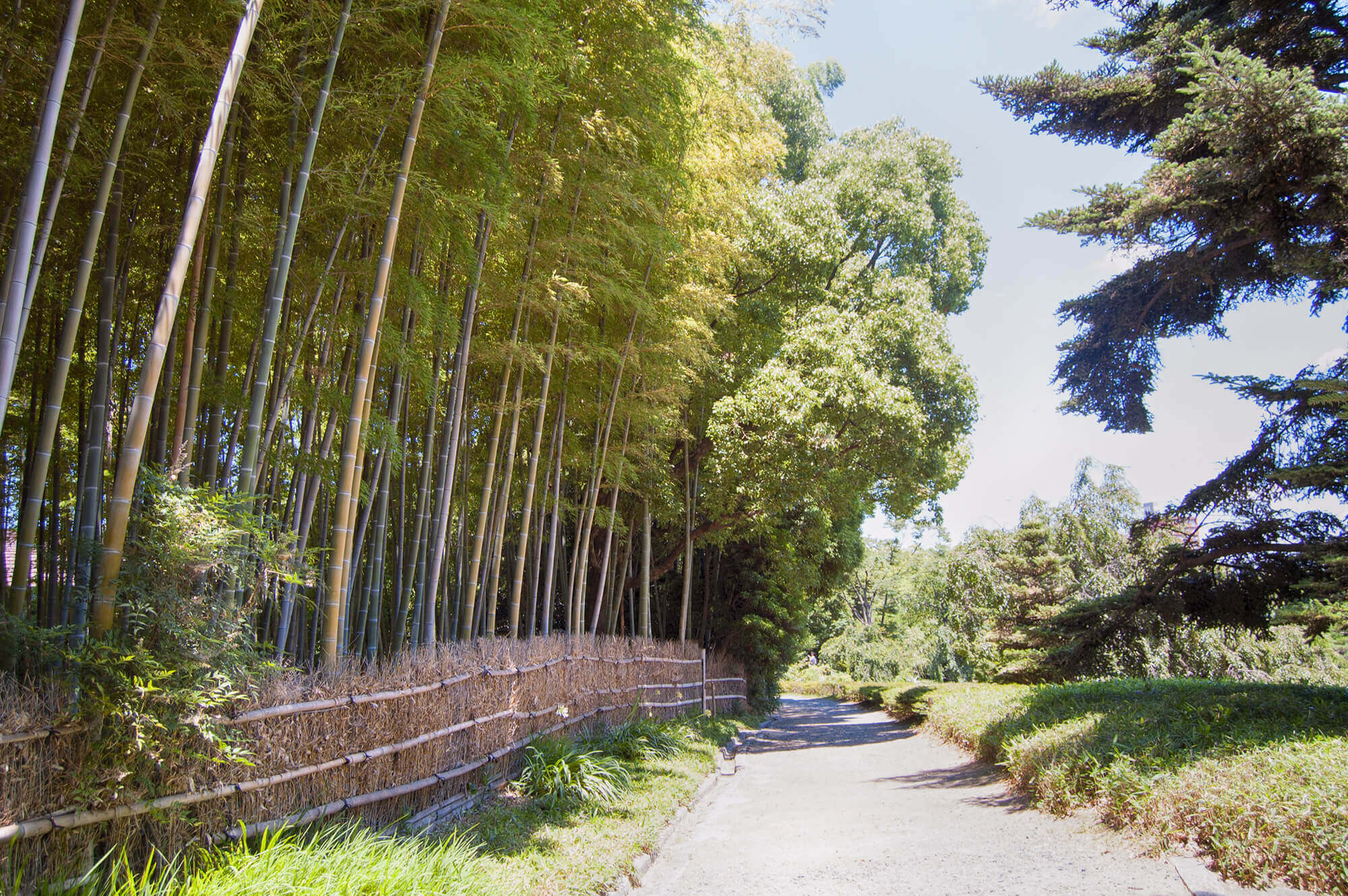
Travel tips
You can visit the garden at any time of the year. The tea ceremonies and the park guides are always in Japanese, but as I said, in July it is special and tea ceremony and guide to the park is offered in English.
In spring and autumn are two other beatiful seasons to visit the garden.
To reserve the tea ceremony, consult prices and schedules on its website.
Getting Here
By subway.
Take subway Meijo line to Jingu Nishi station. From the exit number 4 you will arrive within 10 minutes walk.
General Information
Address
2-5 Atsuta-nishimachi, Atsuta-ku, Nagoya
Google Maps
Opening Hours
9:00 a.m – 5:00 p.m
*Admission untill 4:30 p.m
Close: Mondays
Admission Prices
Adults: 300 yen
Junior High students and under: free

